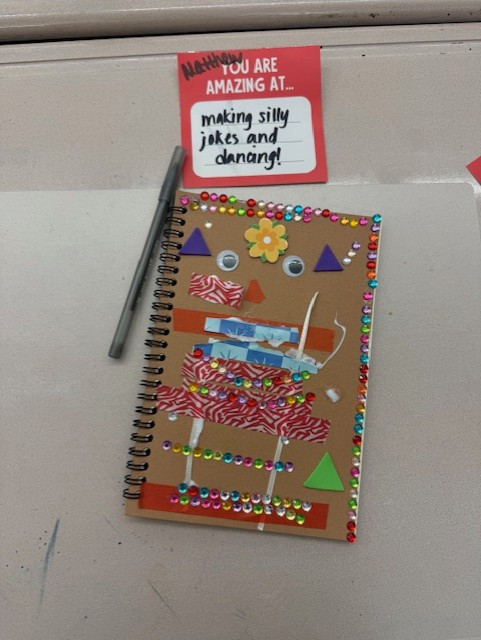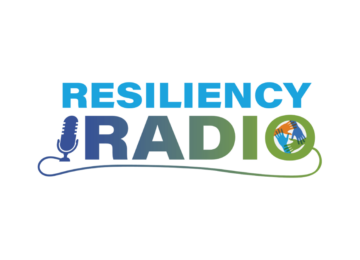At 52, I Became a Camp Counselor

Here’s what I learned.
I have decades of professional experience as a licensed clinical social worker, so when I took a position as a camp counselor at age 52, I didn’t expect to learn so much. As I sat in orientation among a bunch of teenagers and young adult colleagues, I also wondered at the time if I had something to offer the incoming campers.
Turns out, I really did.
JSSA’s Camp Greentree was no ordinary camp. The therapeutic summer program was for kids in our local school system that have experienced homelessness this past year. All the kids had mental health diagnoses, and most had some problem with emotional self-regulation. Many of the kids did not have their basic needs of food and clothing met regularly at home. Case in point, when the oldest group could choose any field trip they wanted (e.g. bowling, trampoline park, laser tag, etc), they chose to go to an all you can eat buffet.
I was signed up to be an art teacher during the five weeks of Camp Greentree. My interest and love of art stems from my own experience with mental health struggles – a therapist I saw when I was hospitalized as a child is responsible for my lifelong love of art. I was excited for the opportunity to connect with children through art, just like my therapist had done for me.
Teaching Art
In the beginning, I structured each class therapeutically, choosing activities that would illustrate some aspect of the camper’s inner life. I introduced the concepts of each activity, and I made time at the end to really explore the symbolism in the art and explore the feelings of each camper/artist. But the kids wanted none of that. I figured out that I needed to stand back and listen to the kids and their needs.
The campers were already getting therapy in an activity called, “group talk” daily in camp already. They just wanted to explore art. They wanted cool things that they designed that they could take home. And so came my first lesson at Camp: Less talk time, more art time. Campers were able to concentrate on doing art and not on all the other things going on in their lives.
Art provided our campers freedom and structure at the same time. We created lanterns and self-portraits. They chose their designs, their colors and how their pieces came together. I hoped that they had the freedom to choose many other things in their lives.
Art, like life, can be very messy. And these kids’ lives may seem messier than most. Although I had them decorate smock aprons the first week to prevent them getting dirty with future art activities, they got dirty anyway. Very dirty. Many seemed to revel in almost violently swirling paints together to create big brown messes. The messes, although a pain to clean up, taught me that everyone has their own way of self-expression.
Camp is over now, but I still find myself thinking of the students and my peer counselors often. I remember how the young counselors negotiated the behavioral upheavals of campers with warmth, understanding, and good clinical skill. And perhaps the most important lesson I learned is that if attentive Camp Greentree staff had noticed my distress at camp when I was younger, I could have gotten the help I needed earlier. Therapeutic programs like this are truly making a difference in children’s lives and I’m honored to have played a small role in it.


